Here’s everything about phone cases trapping heat and making phones heat up faster:
In the vast majority of instances, phone cases do not trap heat enough to make phones run hotter than normal.
In many instances, phone cases actually help the phones to cool off more effectively.
It depends on the design of the phone and case being used, but it is rare for a phone case to cause a heating problem.
If you want to learn all about how phone cases can affect your phone’s temperature to get cooler or hotter, then this article is for you.
Let’s get started!
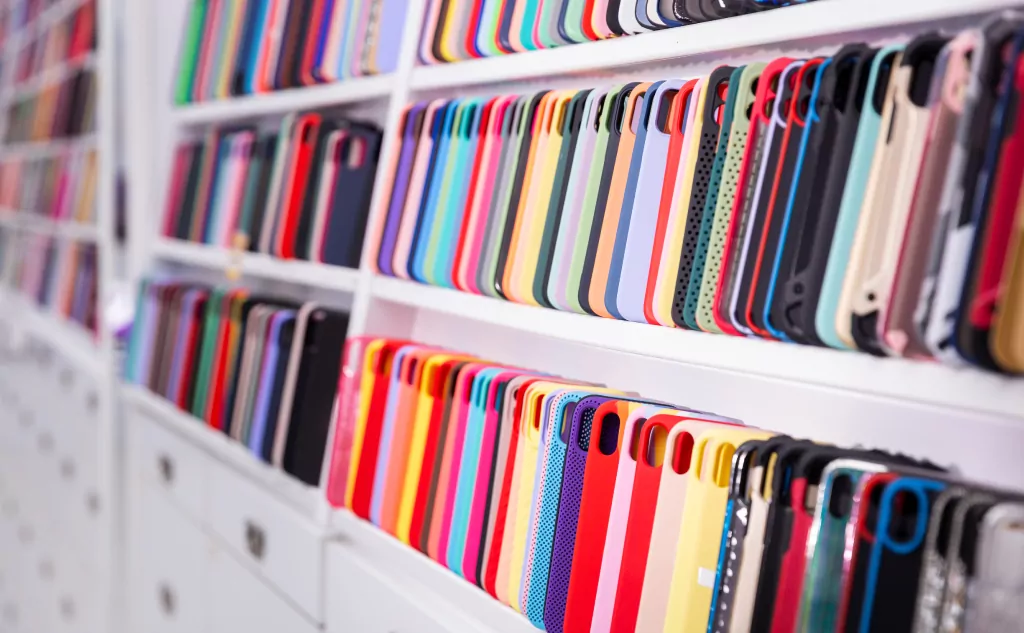
How Do Phones Deal With Heat?

Phones are electronic devices that are designed for heavy use.
They produce a lot of heat, and the engineers do not want the phones to overheat on a regular basis.
Because of that, they are designed to deal with heat very well.
You might imagine that phones have fans or vents or other things that keep them cool.
That’s actually not the case.
Instead, phones are designed with passive cooling.
That works through two concepts.
First, phones have metals strategically placed throughout the design.
These metals conduct heat away from the important parts of the phone so that they can be released by the body.
Second, phone shells are designed to exchange heat with the air and radiate heat away from the phone.
Both of these concepts will be covered in greater detail later.
How Does the Phone Case Interact With Cooling of the Phone? (5 Things)
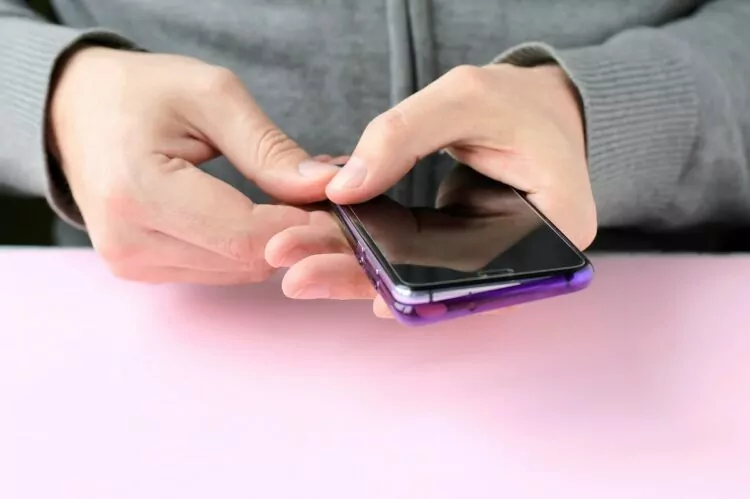
The primary concern with a phone case is that it will trap heat.
If it prevents the phone from getting rid of heat, then eventually, the phone will overheat, right?
Well, the interactions are a bit complicated, so we should look at the different issues at play.
#1 Air Flow

Air is interesting in how it interacts with cooling a phone.
A hot phone can exchange heat with air.
Basically, the outside of the phone is hot to the touch.
Air presses up against the hot part of the phone, and the air can absorb some heat from the phone.
This definitely happens and is part of the design of the phone, but it’s not very effective.
Air is actually one of the best insulators you can find.
It’s because air is less dense than most solid objects.
When you think about how heat works in a physical sense, it’s harder for air molecules to collide with each other than the molecules in your phone.
So, fewer air molecules come into contact with the phone, and it slows the rate of heat transfer.
But, if the air has a flow to it, it does a lot better with heat transfers.
Flowing air will bring more molecules into contact with the phone, and that speeds up the heat exchange.
Here’s the bottom line.
Phones are designed to work fine in still air without overheating, but if there is a bit of a breeze or source of airflow, then the phone will lose heat a lot easier.
That’s important to think about in terms of phone cases.
They prevent air from flowing across the phone directly, which has implications about how a case might trap heat.
Before we can get into a solid explanation of that, we have to think about a few more things that are happening with the phone and case.
#2 Absorbing and Radiating Heat
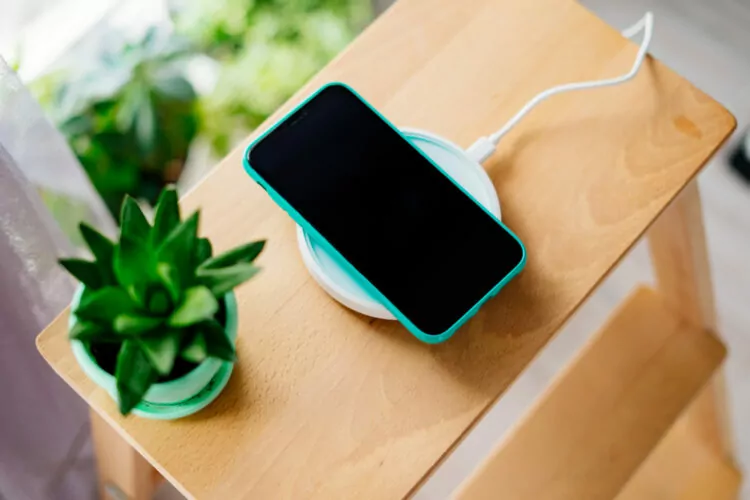
Radiation is another way that phones cool off.
No, this is not referring to radioactivity that would be dangerous.
Instead, phones work a lot like the radiator on a car.
In that case, heat is carried to the metal radiator, which then gives off as much heat as possible.
In this case, a lot of the heat is expended as infrared radiation.
Many phones have metal parts of the body for this same reason. They can radiate heat a lot faster.
Despite that, a lot of smartphones don’t have metal bodies, so they don’t radiate very well.
The point here is that the material of the phone’s shell matters a lot for how it interacts with the case.
Now, let’s consider some phone cases.
A good phone case might be made of aluminum.
It’s a strong, light, relatively inexpensive metal.
It protects your phone a lot.
Aluminum is also a great conductor of heat.
In this case, the phone case is going to absorb heat from the phone, and then it’s going to be able to radiate that heat pretty efficiently.
The aluminum can also exchange heat with the air, and it will do that better than any part of the phone that isn’t made of metal.
That means that metal cases actually help your phone to stay cool and not overheat.
What if the case isn’t aluminum (or another metal)?
We’ll get to that in the insulating section.
#3 Conducting Heat to the Phone
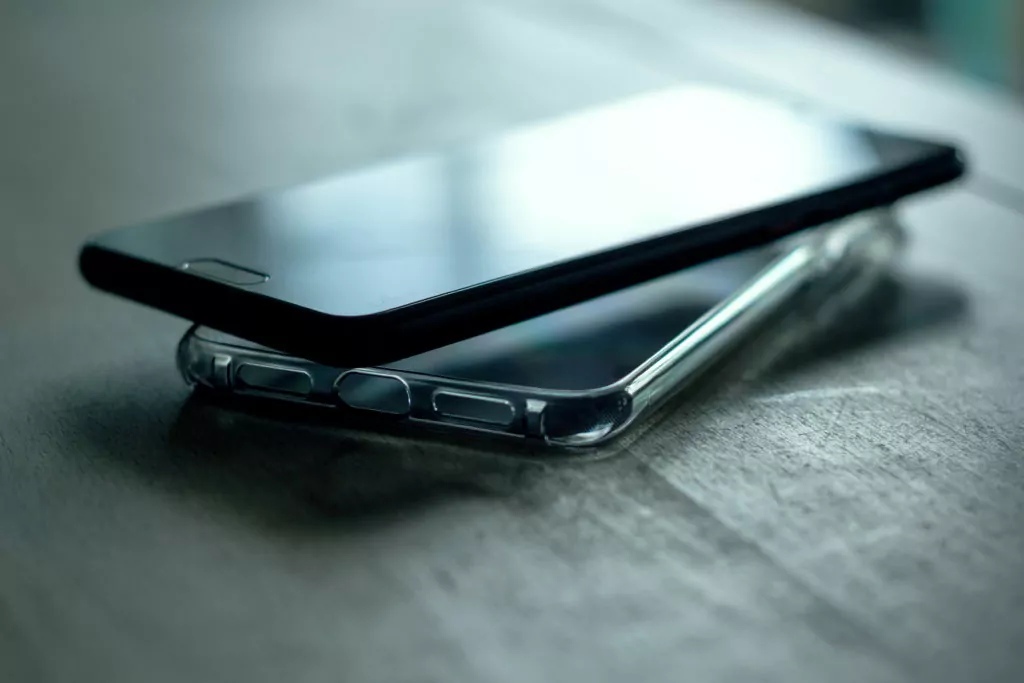
First, we should talk about another way a metal case can interact with a phone.
Aluminum is a good conductor of heat, and that’s a two-way street.
If the phone is sitting in the sun or in a particularly hot setting, the aluminum case is going to conduct heat to the phone.
Before you even use the phone, its starting temperature is higher, and that increases the risk that the phone will overheat.
Outside of extreme temperature settings, most phones will be fine, but it’s important to think about this aspect of the interaction.
A phone in a metal case in a car during the summer might be at greater risk than it would be in any other case or setting.
#4 Insulating the Phone

Still, the majority of phone cases are not metal.
They are made from polycarbonate, silicone, TPU, and various plastics and rubbers.
When it comes to conducting heat, there are a lot of similarities between these materials.
They are all that you could consider insulating materials.
So, if they insulate heat, that means they contribute to overheating, right?
Well, not always.
With the exception of silicone, most of these materials are still better conductors of heat than air.
So, a phone sitting in still air will have a harder time getting rid of heat than a phone in one of these cases.
The cases are still able to absorb heat and dissipate it, helping the phone to stay cool.
Of course, there is an exception.
If the phone shell is a significantly better radiator than the case (such as an aluminum-shelled phone), then the case is less efficient.
Ultimately, the case does slow down cooling and increases the risk of overheating.
Despite that, it’s rarely an issue.
#5 Trapping Air

There is one other thing to consider with a phone case.
It might trap a pocket of air.
When that happens, you get still air between the phone and the case.
Then, you get a layer of the phone case, and then the open air.
This creates an extra layer of insulation, and it can definitely lower the cooling efficiency of the phone.
What this means is that in terms of heat, you want a case that directly touches the phone.
Without a significant air gap, the case will work as discussed in the sections above.
When there is no trapped air, the heating problem goes away.
The bonus is that this is a better design for impact too.
You don’t want air gaps between the phone and the case because then the phone can smack into the case if dropped.
The more heat-efficient design is also the better design for impact protection.
What Normally Causes a Phone to Overheat? (3 Causes)

Phone cases just aren’t much of an issue.
If you make a case out of super-insulating material, it could be a problem, but even then, the phones are designed to be self-sufficient.
The case just doesn’t matter.
So, what does matter?
Phones aren’t designed to overheat, but it’s a problem that definitely happens.
What can you look out for to prevent or mitigate the problem?
#1 Intense Use

One of the biggest things that actually cause a phone to heat up is intense use.
Phone calls, browsing the internet, and even watching videos usually don’t cause major heating issues.
The most intense thing you can do with a phone is anything that involves 3-D graphics processing.
This will mostly involve graphically intense games on the phone, but some video or photo editing could also fall into this category.
Basically, you can tell the intensity of a phone activity by how quickly it drains the battery.
If it kills the battery quickly, it produces more heat.
Phones are designed to work at their maximum capacity without overheating, but if your phone ever does have problems with heat, this type of use will make it worse.
#2 Defects
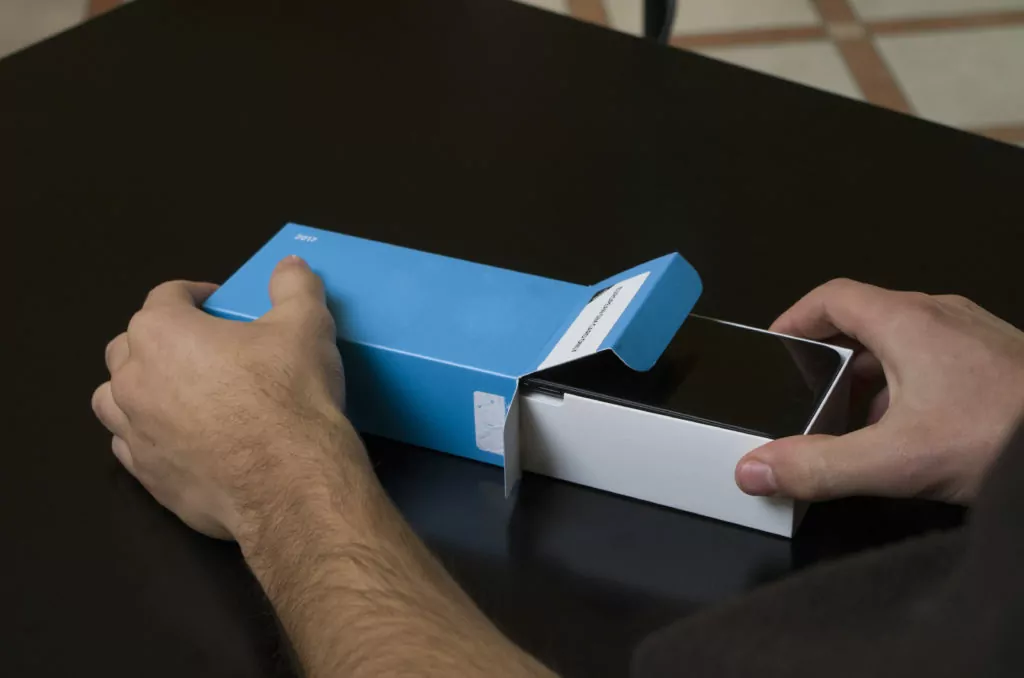
When phones have manufacturer defects, it can prevent them from processing heat correctly.
In such a case, a phone might overheat under normal circumstances.
If this happens, report it to the manufacturer or carrier.
This is exactly the kind of thing that should be covered by a warranty.
#3 Age

Age eventually gets to all phones.
That doesn’t mean that every phone will eventually have issues with overheating, but there’s definitely a correlation between the two, and it’s easy to see why.
When circuits and conductors age, they undergo wear.
That wear and tear breaks down the material of the conductor in very small amounts at a time.
If you’ve ever seen old wires, you probably saw black coloring in different parts.
This is normal, but it has a drawback.
The wear and tear ultimately cause the resistance across the wires and conductors to increase over time.
When resistance goes up in an electrical circuit, it requires more energy to work.
This leads to more heat production.
The inevitable result is that older phones will produce more heat.
Whether or not that is enough to overheat the phone depends on a lot of things, but it is certainly something to look out for.

